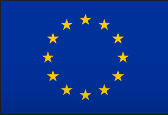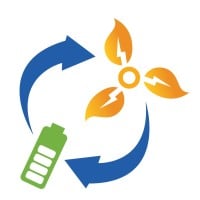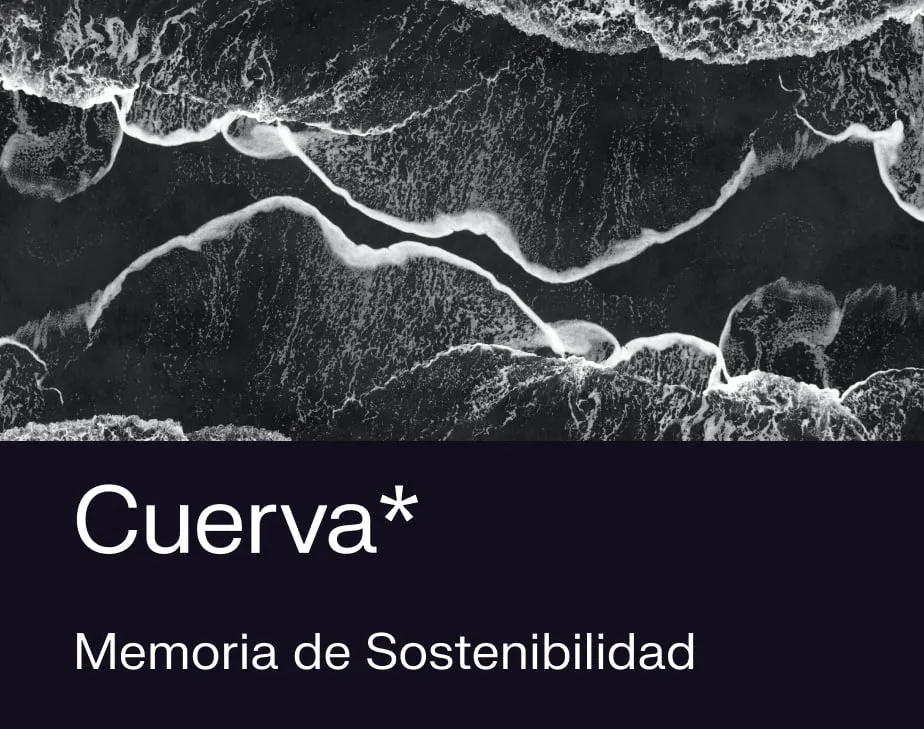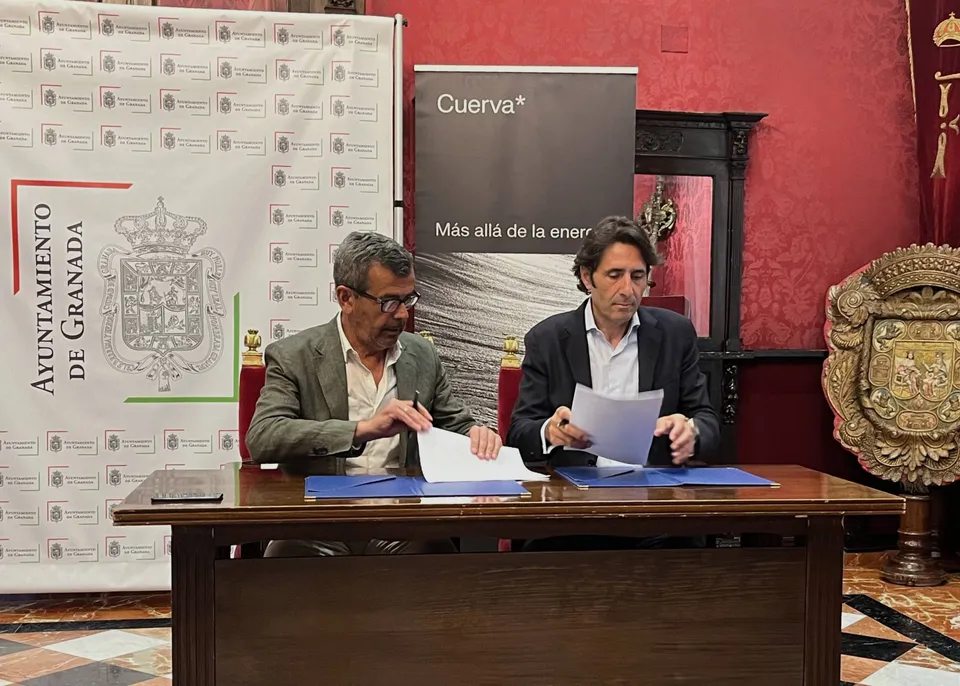SEHRENE: Store Electricity and Heat foR climatE Neutral Europe

Innovative and efficient energy storage solution
| Dates | January 2023 - June 2027 |
| Project website | www.sehrene.eu |
| Leader | Commissariat à l’EnergieAtomique et auxénergies alternatives (CEA) |
| Reference | 101135763 |
| Financing entity | Project has received funding from the European Union´s Horizon Europe research and innovation programme under grant agreement No 101135763
|
| Project logo |
|
Context
SEHRENE’s new electrothermal energy storage concept is designed to store renewable electricity and heat and to restitute it as needed. It is very energy-efficient, is geographically independant and uses no critical raw materials. It enables 8-12 times longer storage duration than Li-ion and its lifetime, of 20-30 years, is 2 -3 longer than Li-ion.
The digital twins of 3 full use-cases will be delivered:
I: ceramics plant storing excess, on-site PV power in a micro-grid and industrial waste-heat for continuous green H2 production and self-consumption.
II: a smart-grid: storing grid-connected solar photovoltaic and industrial waste heat in a smart-grid. Cuerva will be the demonstrator.
III: a geothermal power plant: geothermal heat storage and conversion to electricity when needed for the grid.
Objectives
1. Design integrated electro-thermal energy storage concept.
2. Maximise electro-thermal energy storage performance.
3. Ensure electro-thermal energy storage reliability.
4. Ensure economic viability.
5. Ensure environmental sustainability: Reduce the use of natural gas and decrease CO2 emissions.
5. Development of a digital twin to accurately predict the performance depending on the use cases.
6. Provide Energy Management System for electro-thermal energy storage.
7. To engage stakeholders to invest after SEHRENE.
8. Market entry by 2030
Cuerva´s role
Cuerva will assume the role of demonstrator for the second use case.
A digital twin of the electro-thermal energy storage system will be created, and its integration will be simulated in a section of Cuerva's Living Lab, specifically in the CITAI industrial park in Escúzar (Granada), which will be included in the demonstration. This grid is quite digitized, allowing Cuerva to have full knowledge of the grid's status.
The twin will enable the study of the potential of the electro-thermal energy storage system to alleviate grid congestion and overvoltage problems while providing flexibility for an industry via the storage of excess grid electricity and industrial waste heat.



.webp)


